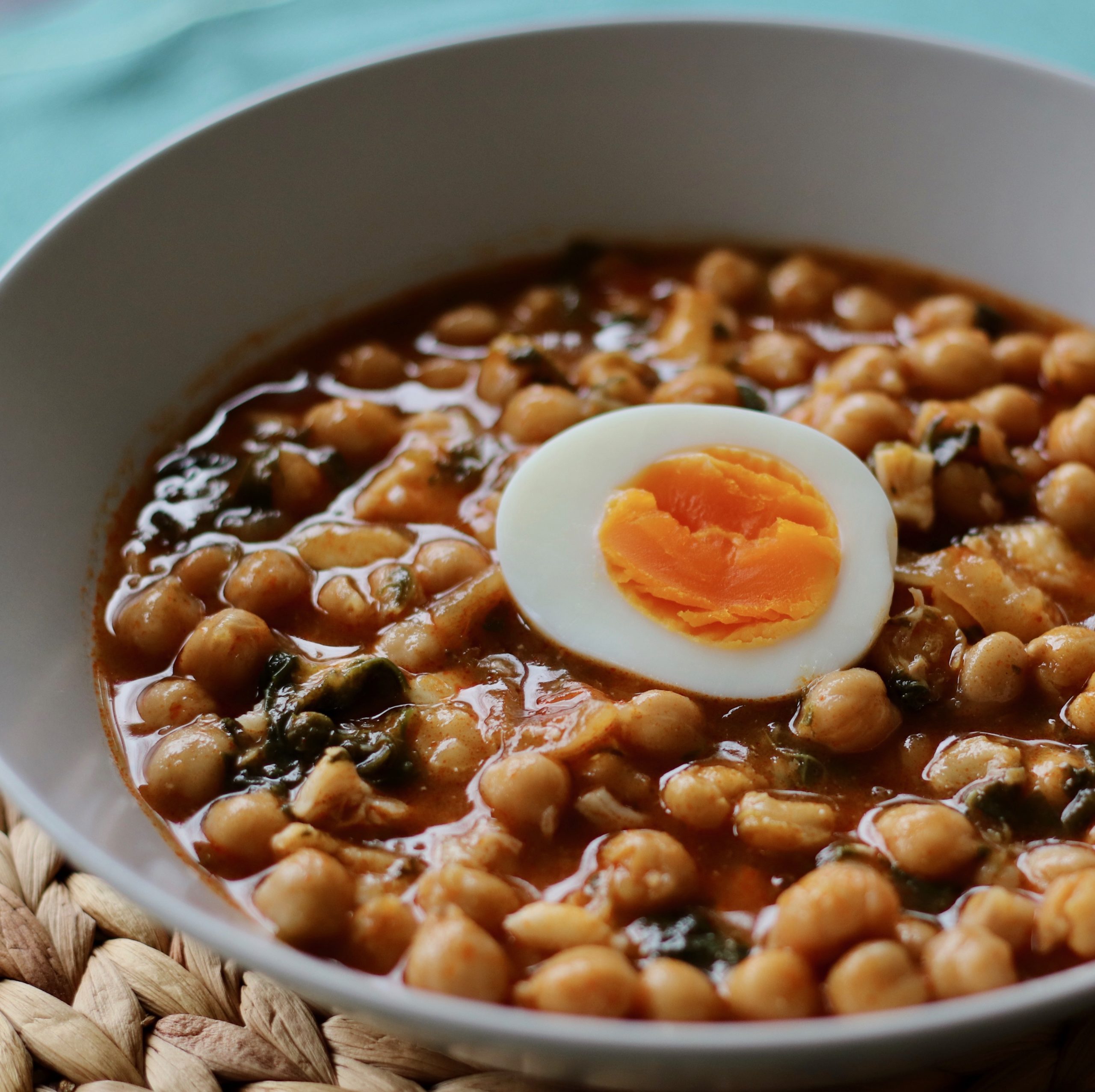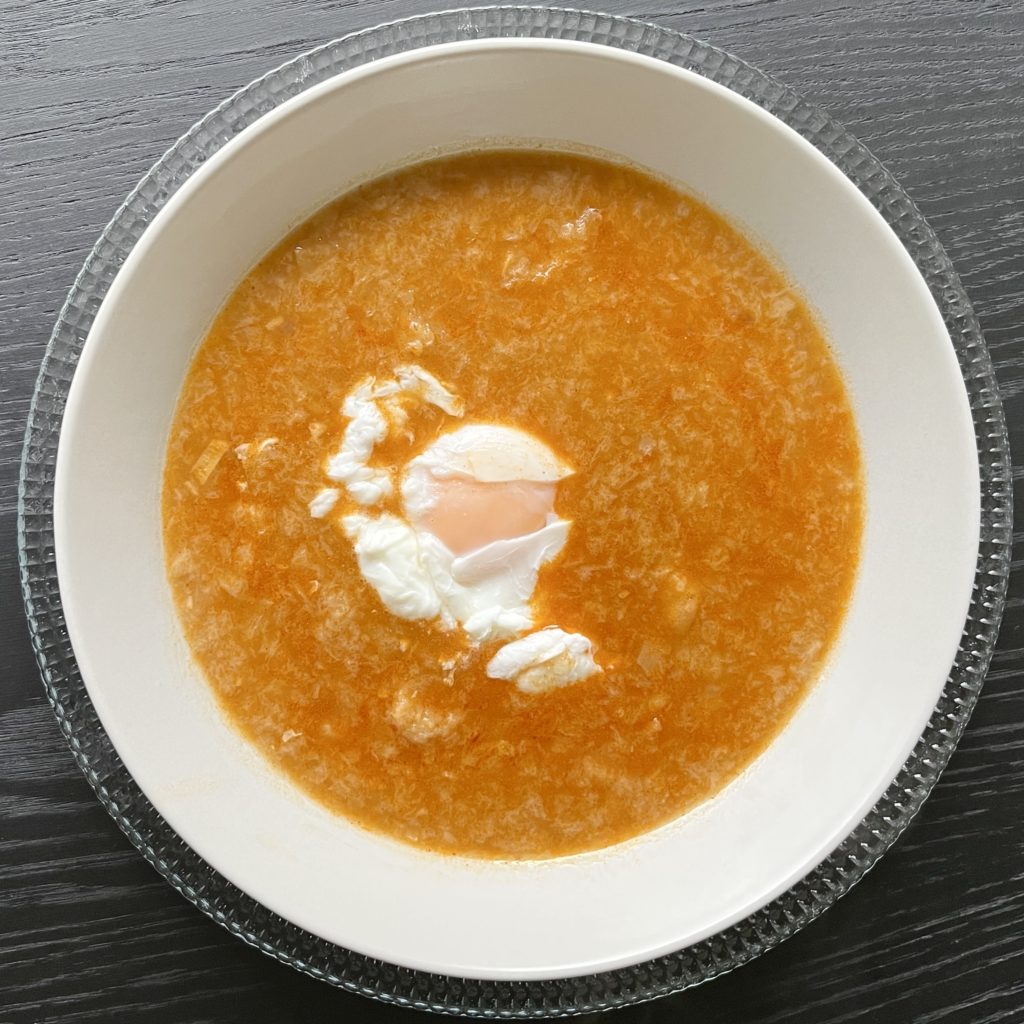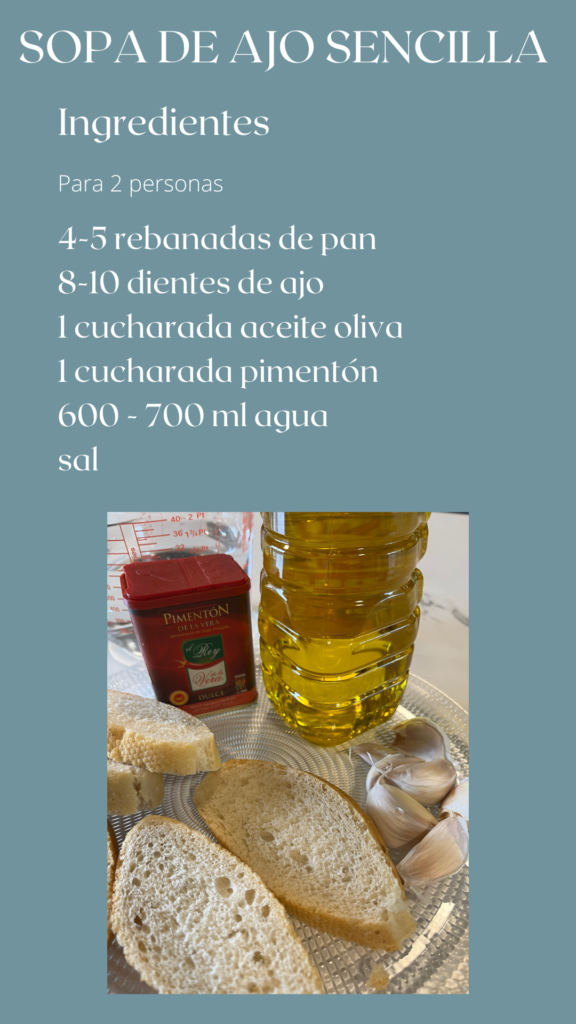FHB Highlight: «Easter in Spain»
Mª TERESA VIDAL VIDAL
(Photos and video, Mariate Vidal)
April 2022
The food of Holy Week in Spain is influenced by the Catholic Church’s practice of fasting and abstinence from Ash Wednesday to Good Friday. This period, which includes Lent and Holy Week, has its origins in the forty days during which Jesus Christ fasted in the desert and overcame temptations. According to the rules of the Catholic Church, fasting is required on Ash Wednesday and Good Friday, while abstinence, which usually consists of not eating meat, should be observed on these days and on every Friday during Lent.
In countries such as Spain, where Catholicism has predominated for centuries, these religious rules led, in practice, to the development of a particular type of food eaten at this time of year. The main ingredients of the dishes are fish, vegetables and pulses with sweets taking centre stage. The dishes are usually humble in terms of ingredients and preparation but very filling, and in the case of desserts, sugar is the main ingredient as a way to help avoid the temptation to eat meat.
Many of these preparations are now so popular that they have become a regular part of the cuisine of many families in Spain and are no longer only prepared during this time of year, nor are they only eaten for religious reasons.
Spoon dishes, such as sopa de ajo, patatas viudas (widow potatoes) or potaje de vigilia (vigil stew), are very popular. Many of these soups or stews contain paprika as an ingredient that is used to substitute, to a certain extent, the flavour or aroma of the missing meat.
SOPA DE AJO・GARLIC SOUP
Sopa de ajo or garlic soup is a typical dish of Castile and Leon, basically made with oil, stale bread, garlic, paprika and water or vegetable stock. It is a simple dish which uses leftover bread, but it can be made more filling by the addition of extra ingredients such as a poached egg. This soup, which is generally eaten at lunch or dinner, in places like Zamora, it is eaten for breakfast after the processions that have been held during the night.
POTAJE DE VIGILIA
Potaje de vigilia is a stew made of pulses, normally chickpeas which, to comply with precept of the absence of meat, uses cod and eggs instead of the more common addition of meat products such as chorizo or black pudding. It also includes spinach as it is a seasonal vegetable. The base of the dish is a vegetables sofrito with paprika to which vegetable or fish stock, cod, spinach, cooked chickpeas and finally hard-boiled eggs are added.
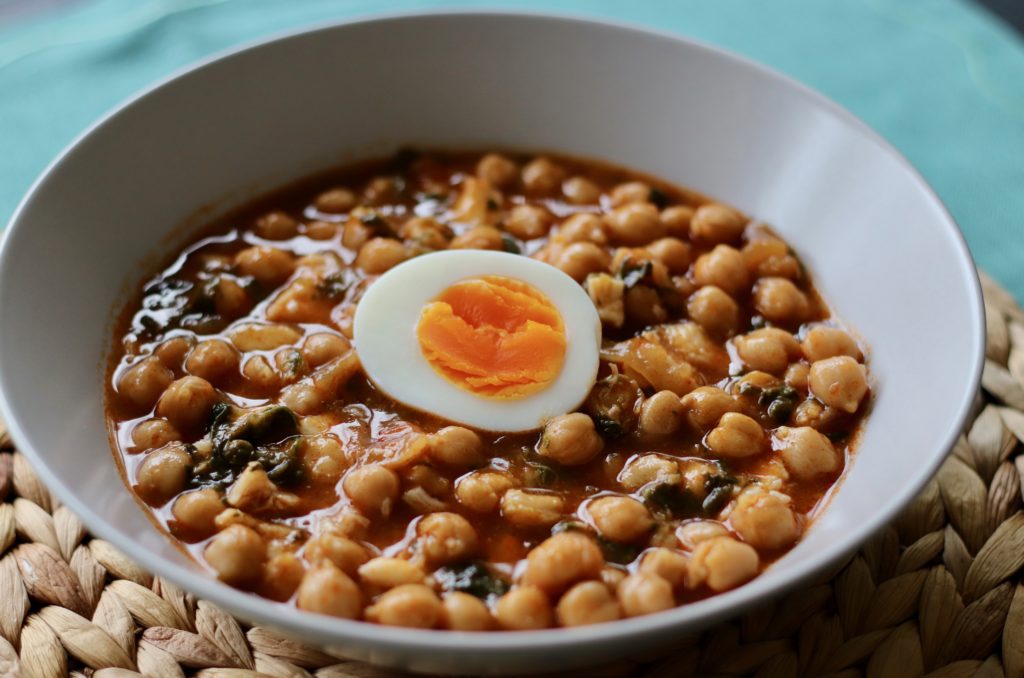
PATATAS VIUDAS
Patatas viudas is a potato stew that has lost its chorizo, hence its name, and uses paprika to compensate for this loss. The recipe is based on an onion and garlic sofrito seasoned with paprika, saffron and bay leaf, then the potatoes are added and boiled in water or vegetable stock. It is a very popular dish in many Castilian towns and it can be suitable to variations by adding additional ingredients such as vegetables, fish or meat.
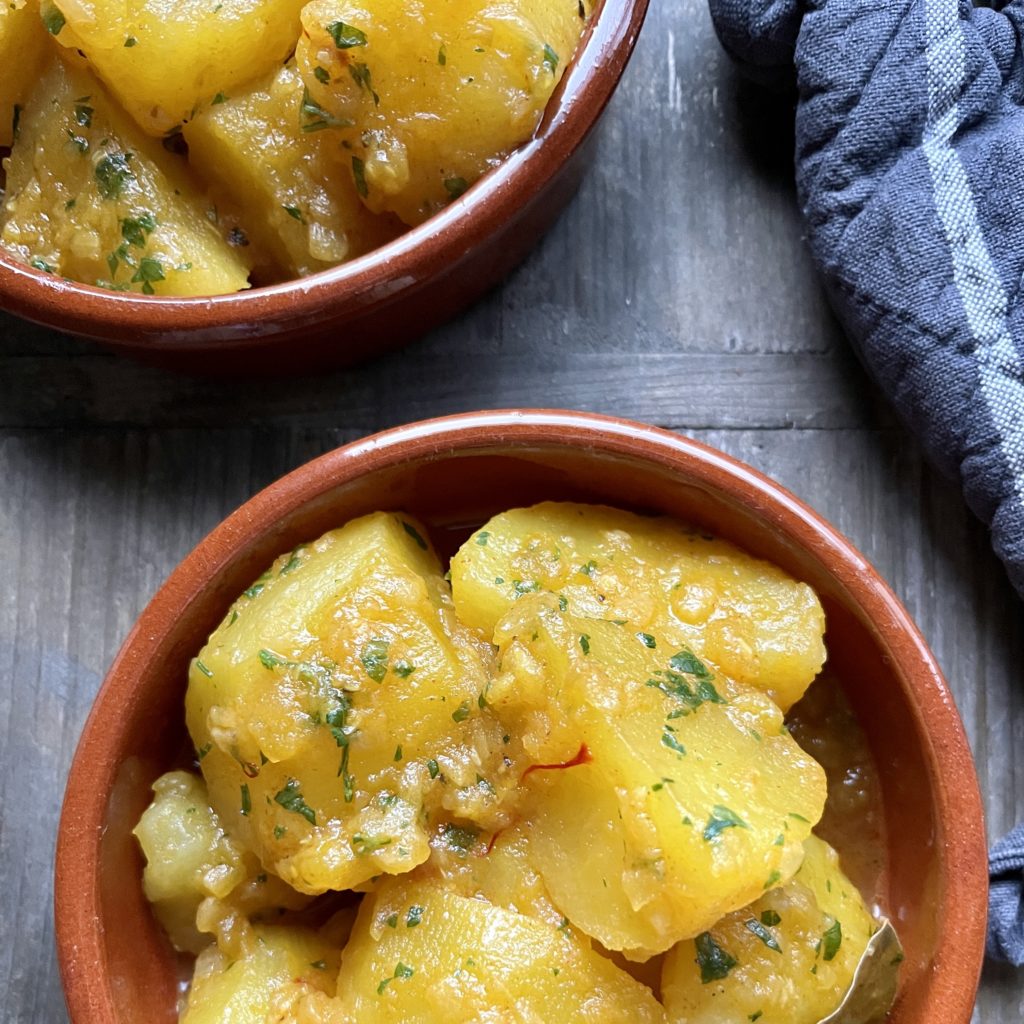
BACALAO
Bacalao or cod, the most popular fish eaten during this time, is the ingredient of many different dishes, one of the most typical being buñuelos de bacalao or cod fritters. A legend describes its origin in the 13th century during the siege of Seville by King Ferdinand III. Food shortages led the city’s inhabitants to use shipments of salted cod and flour stored in the port, which they mixed with eggs and seasoned with available condiments such as garlic and parsley. The resulting fried dough was used to feed the starving population and has since become part of the traditional popular recipes. Other preparations of this fish include tortilla de bacalao or cod omelette, ajoarriero typical of northern Spain in which cod is cooked in vegetable sofrito or esqueixada de bacalao, a typical Catalan salad with tomatoes, onion and black olives.
ESCABECHES
A preparation inherently associated with Lent and Easter are the escabeches, a method of food preservation based on the use of vinegar and other ingredients such as oil, wine, lemon and seasonings such as garlic, bay leaves, cloves or pepper. Dishes such as the patatas escabechadas original from Extremadura or the escabeche de bacalao typical of Jaén are good examples of these preparations.
DULCES
If we focus on sweets, the stars of Lent and Holy Week are undoubtedly the “pan fruits” or “pan sweets“, different types of dough fried in boiling oil and present in Spanish confectionery since the Middle Ages. Among these preparations are the different varieties of buñuelos, pestiños sweetened with honey and very popular in Andalusia, bartolillos from Madrid, flores fritas, especially popular in La Mancha, and the aniseed-flavoured roscos de Semana Santa, which are enjoyed during the processions in Andalusia. In the north of Spain, it is very common to have leche frita or fried milk as a dessert at this time of year.
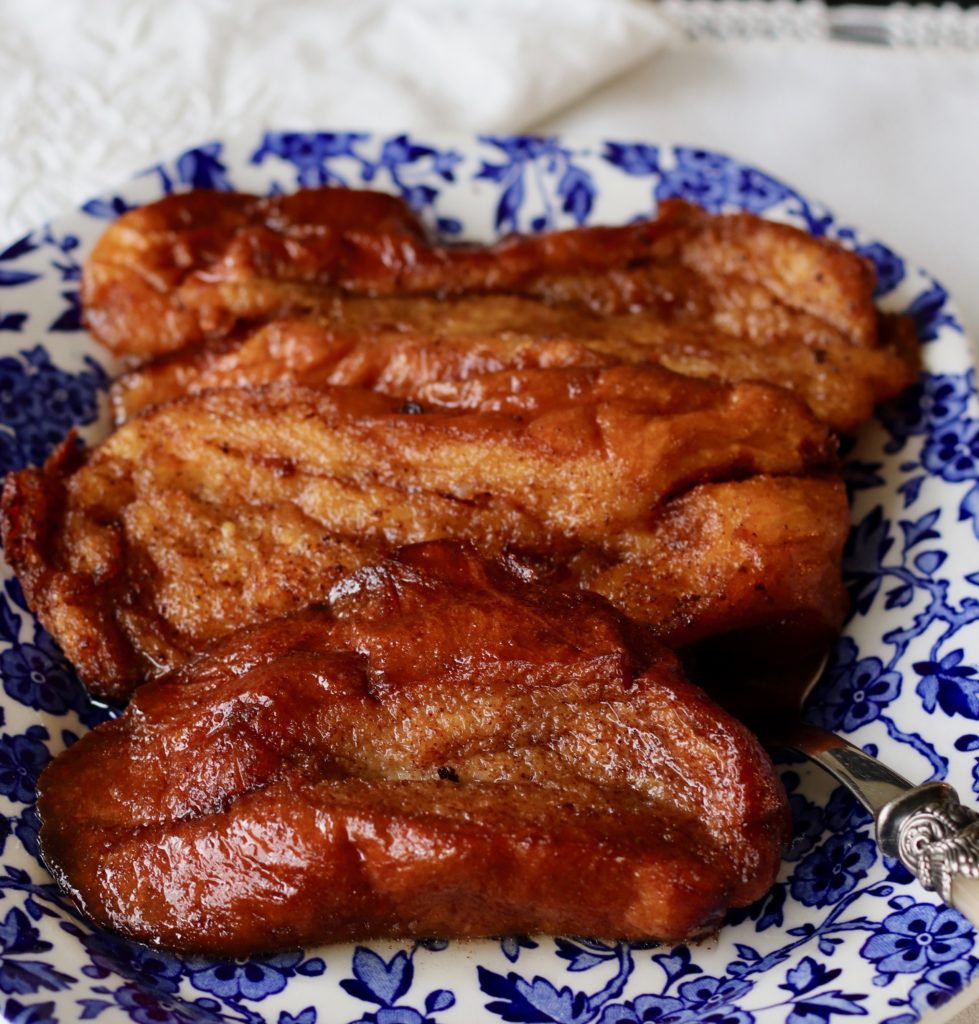
Of all these fried sweets, the star of Lent and Easter is still the torrijas, originally a way of using stale bread that was soaked in milk, sweetened with honey or sugar, to soften and give it flavour. Similar preparations, such as the popular French Toast of British and American breakfasts, can be found in other cuisines, not only in Spain, and it seems that their origin could be in the “Pan dulcis” of ancient Rome. The peculiarity of Spanish torrijas is that after being soaked in milk and egg, they are fried in olive oil and not in other fats such as butter, which is more popular in other parts of the world. Finally, they are sprinkled with sugar or cinnamon or dipped in syrup, wine or honey.

Although fried desserts are the most popular at this time of year, we must not forget others such as the frangollo, a cooked corn meal from the Canary Islands and the typical Mona de Pascua, a popular cake that in Catalonia and other areas of eastern Spain godparents give to their godchildren on Easter Sunday or Easter Monday to symbolise that Lent and its abstinences are over. The most traditional Monas de Pascua consist of a bun, which may be in the shape of a crown, decorated with hard-boiled eggs. In Catalonia and the Balearic Islands the bun has evolved into a sponge cake usually filled with cream, chocolate or jam and decorated with feathers and chocolate eggs or chocolate figures that have become more sophisticated over time.
As we have seen even, even in the most austere time of the year there is plenty of options to enjoy Spanish gastronomy… we hope you will find the opportunity to try some of the dishes!
Resources:
www.elcaminoconcorreos.com/es/blog/ocho-platos-tipicos-de-semana-santa
www.qcom.es/alimentacion/sabias-q/semana-santa-gastronomia-con-tradicion_26113_4_28394_0_1_in.html
www.bonviveur.es/lifestyle/la-gastronomia-en-la-semana-santa
www.spain.info/es/descubrir-espana/dulces-comidas-semana-santa/
www.diariosur.es/sociedad/sentido-ayuno-abstinencia-20180215151104-nt.html
www.cope.es/religion/hoy-en-dia/iglesia-universal/noticias/que-son-ayuno-abstinencia-como-viven-20190306_367236

